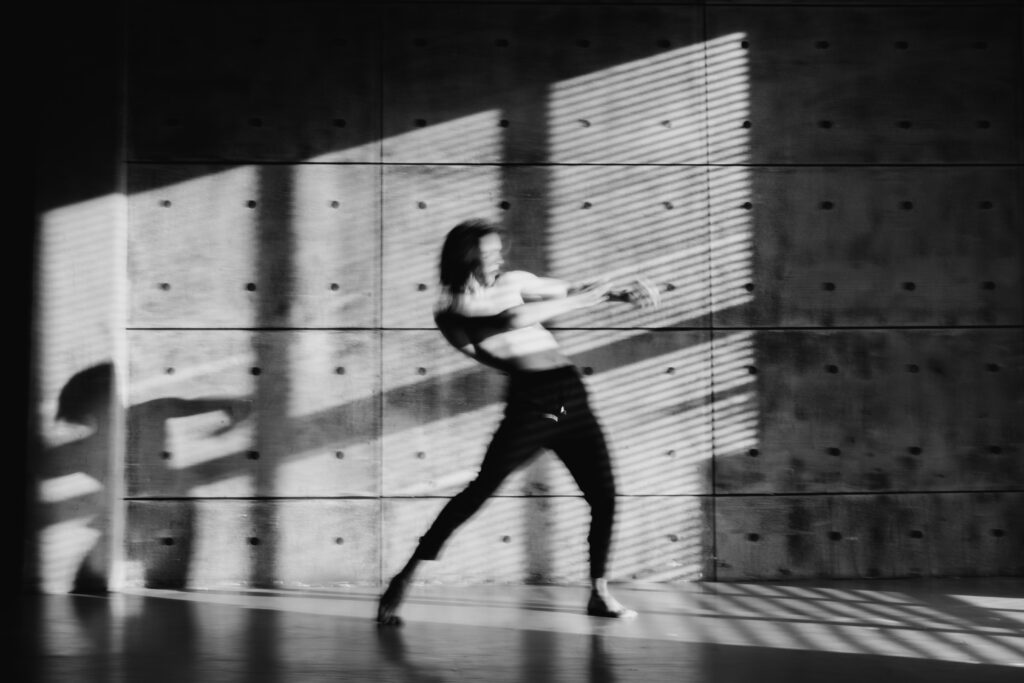What is shutter shock

Shutter shock is a potential issue found in all cameras, however it is more normal in mirrorless cameras than DSLRs. Shutter shock is the shuddering that comes from a camera’s screen system toward the start of the exposure. With the rise of admiration of high-goal cameras, the issue of shutter shock becomes evident rapidly.
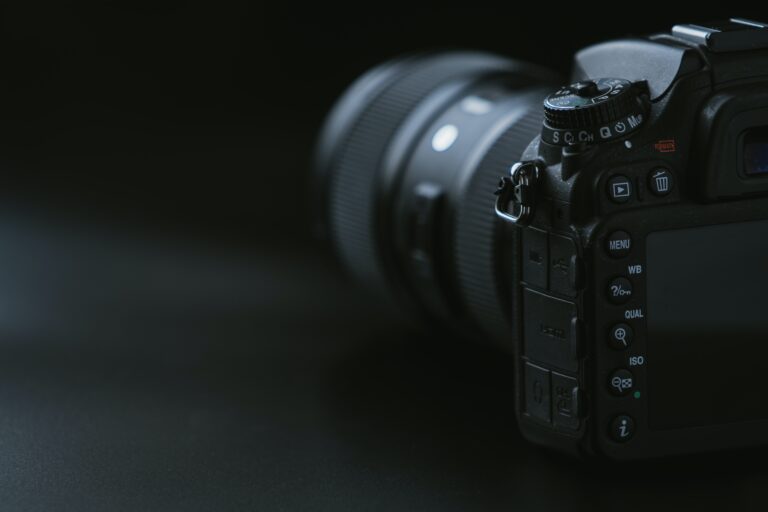
Since the standard course of catching a picture on a digital camera requires camera shutter to begin and end an experience, the shutter structure toward the start of the experience is especially harmful, as it frequently causes camera shake and consequently foggy pictures.
Shutter comprises two ‘drapes’. Whenever you snap a picture, it begins with the primary shade covering the picture sensor, while the subsequent curtain is beneath (or over) the sensor. The main draperies then, at that point, goes up (or down) uncovering the picture sensor, and beginning the openness. The subsequent drapery then goes up (or down), covering the picture sensor and finishing the exposure.
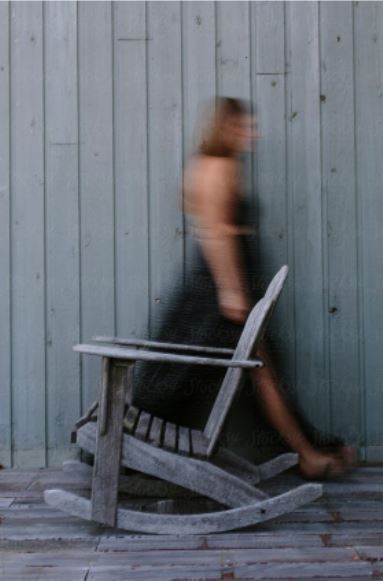
Very much like Mirror slap, vague from Shutter shock is probably going to be noticeable at shutter speeds around 1/100s – 1/4s. Also, moderately, the more drawn out the dominant length, the more feasible you are to see an impact.
What causes shutter shock?
The truly fascinating thing about shutter shock is that it is essentially a contemporary issue. Makers have been pushing to get greater pictures by expanding the goal and growing better focal points which are fit for catching more detail. Nonetheless, this has permitted shutter shock to turn out to be increasingly self-evident.
While shutter shock has generally been there on all cameras, it is most certainly more articulated on current

high-goal cameras. Makers have been pushing increasingly more goals, while at the same time eliminating low-elapse channels and delivering focal points with outstanding settling power to give greatest pixel-level sharpness.
shutter shock photography
With shutter shock, photography can turn into somewhat more excruciating as typically foggy ghosted pictures are not invited. A wide range of high-goal cameras, both DSLRs and mirrorless, can as a matter of fact experience the ill effects of vibrations.
The best way to really dispose of shutter shock is by turning the EFCS include on inside the menu of your camera. The thought is to get the camera to open up its shade and uncover the sensor, with the goal that it isn’t locked in right toward the start of the experience. The camera will then, at that point, begin the exposure electronically and just connect with the automatic shade toward the finish of the coverage.
In the event that you don’t have the EFCS included on your camera, then you are essentially in a tough spot. You can utilize different techniques to lessen camera vibrations, (for example, reflect slap, and so forth), yet you cannot dispose of the shutter shock.
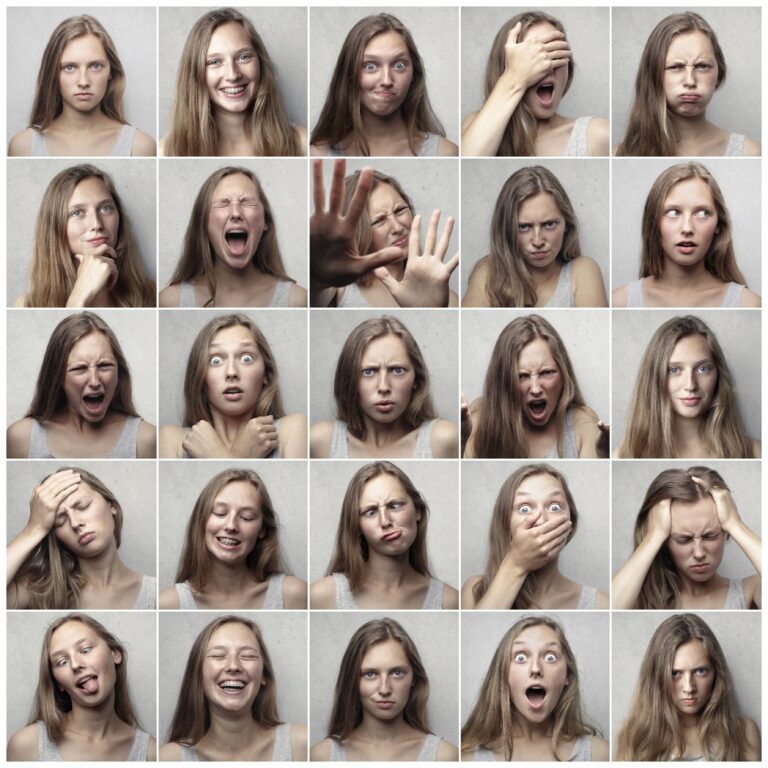
How do you stop shutter shock?
Open up the menu of your camera, and glance through your settings. You are probably going to perceive a choice which is marked accordingly: In the Nikon menu, for instance, you will track it under the Custom Setting menu and afterward under Shooting/Display.

Switch this choice on, and you will observe that your shutter shock is diminished right away. What occurs here is that your camera opens up the shutter to uncover the sensor early, so it isn’t important to draw in it when you press the trigger. Presently, the mechanical shutter will just close toward the finish of the click- or may not shut by any means until you switch off the camera.
Great method for ensuring that all that capacities as arranged is to turn on Exposure Delay Mode and set it up for around three seconds. This will permit you a three second time span in the wake of pressing the trigger and giving up before the experience begins, smearing out would-be vibrations presented by your own hand.
Using the D850, there are really three modes which will work without drawing in the shutter. These are the Quiet, Quiet Continuous, or Mirror Up modes (meant as Q, Qc, or Mup in your settings). You can utilize any of these modes alongside EFCS to dispense with shutter shock.
What is the common cause of camera shake?
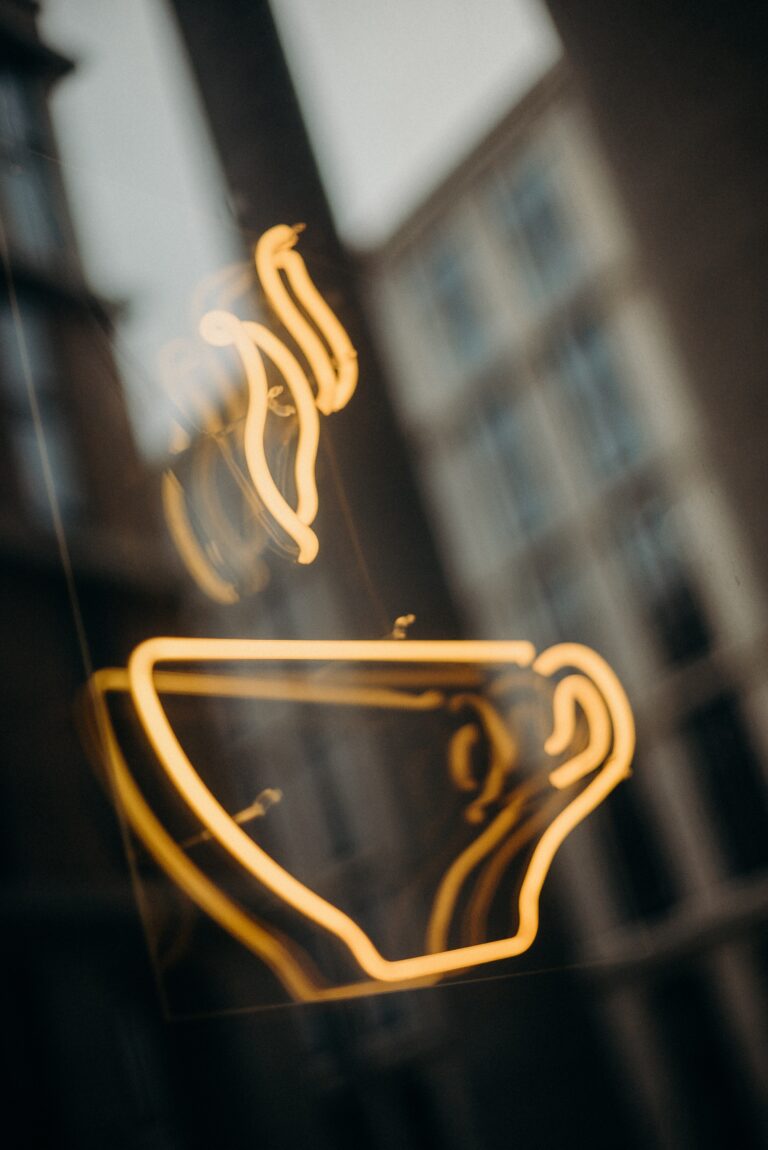
Camera shake is a term used to depict the compulsory muddling of an image that happens when the camera is moving at the hour of disclosure. It’s generally simple to distinguish, as nothing in the image will be completely sharp – every one of the characterized edges in the covering will be streaky or vague. Camera shake happens on the grounds that the camera’s screen speed isn’t quick, enough to ‘freeze’ any expansion of the camera as the coverage is recorded
Camera shake resembles the gum disease of photography. While you’re managing camera shake you’re managing pictures that are not in center or are absolutely hazy. Most frequently with pictures that experience the ill effects of Camera Shake the picture is only somewhat out of concentration.
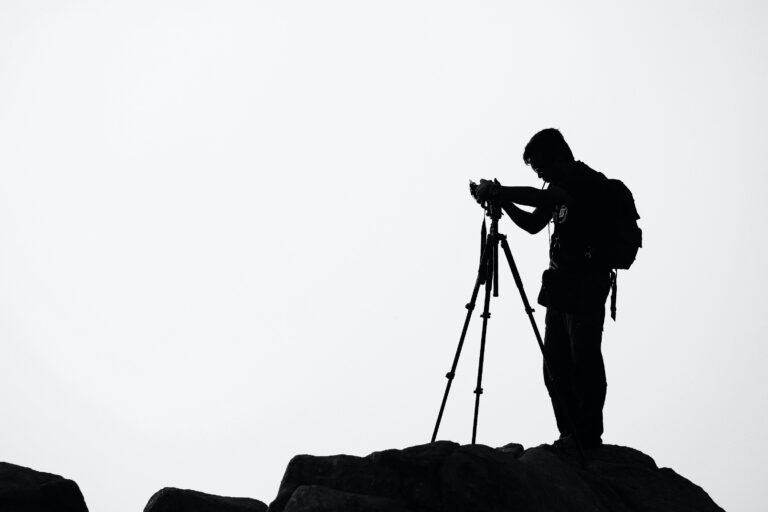
A moment fix is to utilize a stand since when it’s on a firm stage, the camera can never again move and cause the issue. In any case, when handholding, it’s an alternate story, and it’s compounded by the central length being used. While utilizing a more drawn out central length (or a full scale focal point), any shake is overstated, inferable from the amplification of the subject you’re shooting.
These pace are an unpleasant aid and accept you are holding the camera as still as could really be expected however provide you with some thought of what’s expected to stay away from the feared shake. It’s significant that the figures depend on full-outline cameras, as well, so on the off chance that you’re utilizing an APS-C arrangement camera; you’ll have to identical the central length by around 1.5x to get the comparing shade speed.
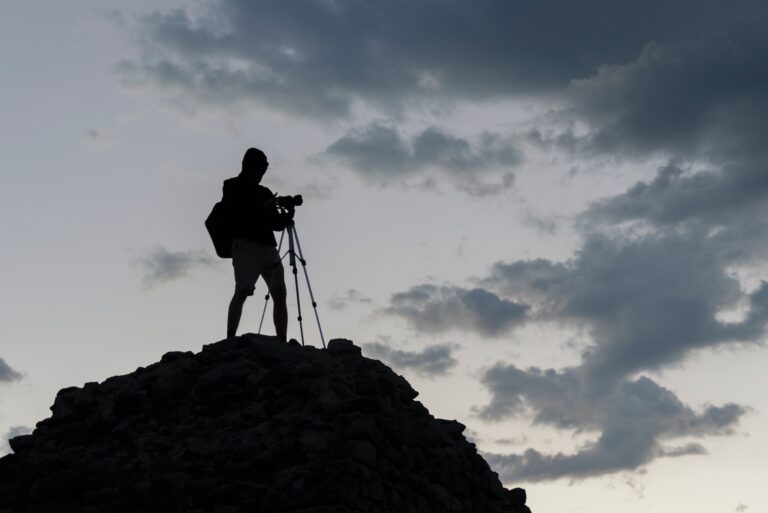
The clearest plan is to simply utilize a damn stand! When in doubt you quite often get more keen pictures when you utilize a stand. The stand is a steady stage for your camera and it doesn’t move and it will kill camera shake. Try not to have a stand? Go purchase a stand!
You can truly pull off whatever is steady and doesn’t move. Simply be cautious since cameras have been known to tumble off things you could have believed were steady.
A truly nasty mental rule ensures that your shutter speed is never more slow than a large portion of the central length of your long range focal point. So in the event that you’re shooting with a 300mm focal point you don’t actually believe your shade speed should dip under 150/sec. This is an extremely harsh apparatus yet it assists you with remembering camera shake.
what is mirror shock
The vibration, known as mirror shock or mirror shake, can possibly bring movement ambiguous into the subsequent photograph as the camera moves, marginally, regarding a scene. The haze is inconspicuous, considering that it is the consequence of just minor vibrations, yet it in any case converts into pictures that look somewhat softer.
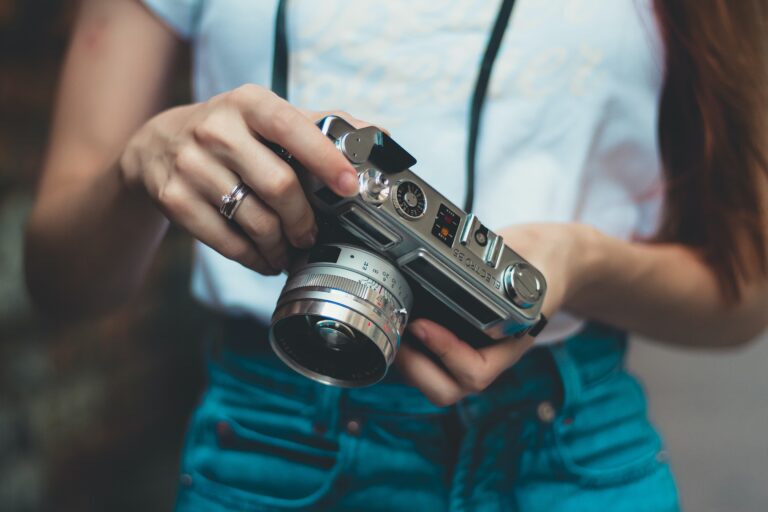
Luckily, landscape photographic artists for the most have opportunity and willpower to be deliberate with regards to outlining and taking photographs, and can subsequently stay away from reflecting shutter out and out. In search of a definitive picture sharpness, the following are a couple of tips to assist you with doing as such.
The vast majority, SLR cameras accompany a mirror lockup office. Whenever a reflected lockup is empowered, snapping a picture requires two presses of the screen button. The primary press lifts the mirror and stands firm on it experiencing the same thing, while the subsequent press releases the shutter.
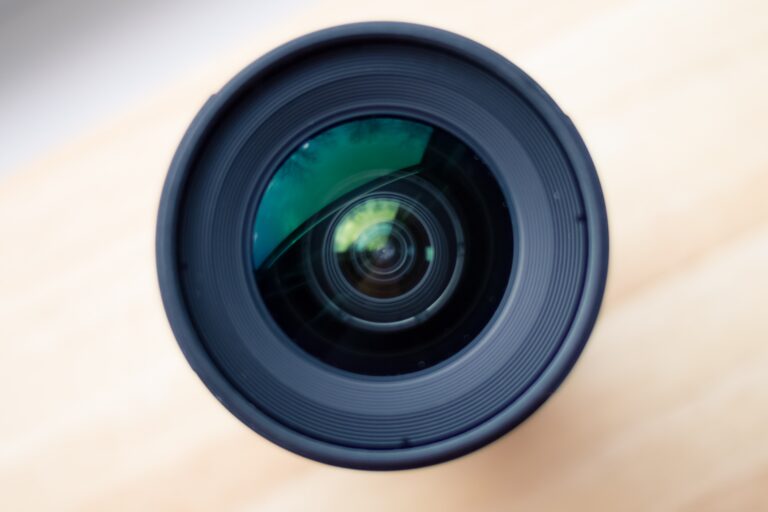
By having the mirror lift and the shutter discharge as two separate exercises, photographic artists can pause for a minute in the middle of presses to permit any mirror shock to dissipate. Mirror slap is an issue found distinctly in DSLR cameras. DSLR cameras utilize an optical viewfinder, where a mirror inside the camera bends the picture from the focal point up into the viewfinder. Whenever you come to snap a picture, the mirror flips up, so the picture from the focal point can hit the camera’s picture sensor.
The impacts of mirror slap are probably going to be seen while utilizing a camera on a stand. While hand holding the camera you are significantly more prone to see murky brought about by not having the option to hold the camera 100 percent consistent than you are from reflected slap. The more extended the central length you are utilizing, the more probable you are to see an impact
To check the impact of mirror slap, you can utilize what is known as mirror secure. A few cameras have this accessible as a drive mode, while others have it accessible as a menu choice. With reflect up mode, when you first press the shade button, the mirror flips up, however a photograph isn’t taken. Then at a second press of the screen button, the photograph will be taken.
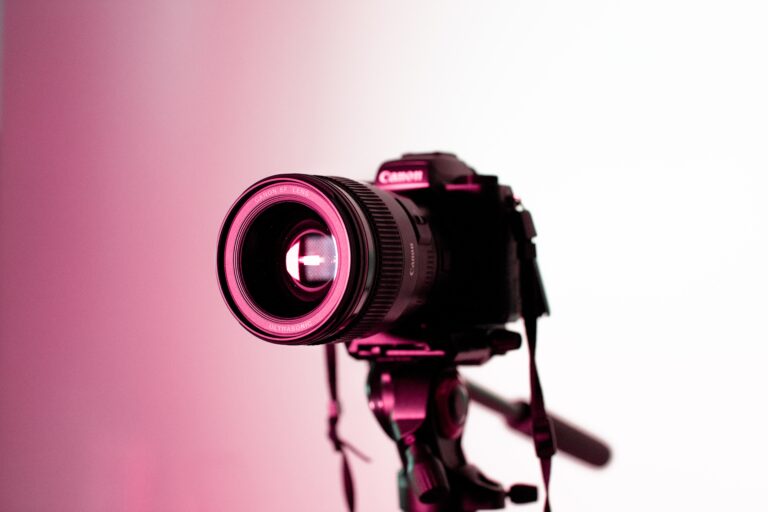
Utilization of Live view mode is another strategy that does basically exactly the same thing. Wherever you go into live view mode, the mirror flips up so the picture sensor can get the light from the focal point. The live view from the sensor is then shown on the back screen. Since the mirror is flipped up for this, snapping a picture in liveview mode has a similar impact as utilizing mirror-up.
Neither of the mirror slap or Shutter shock are huge issues that you ought to stress over. In any case, in the event that you’re snapping a picture and they’re not generally so sharp as you expected, then, at that point, it evidences seeing mirror slap and screen shock as possible causes.

